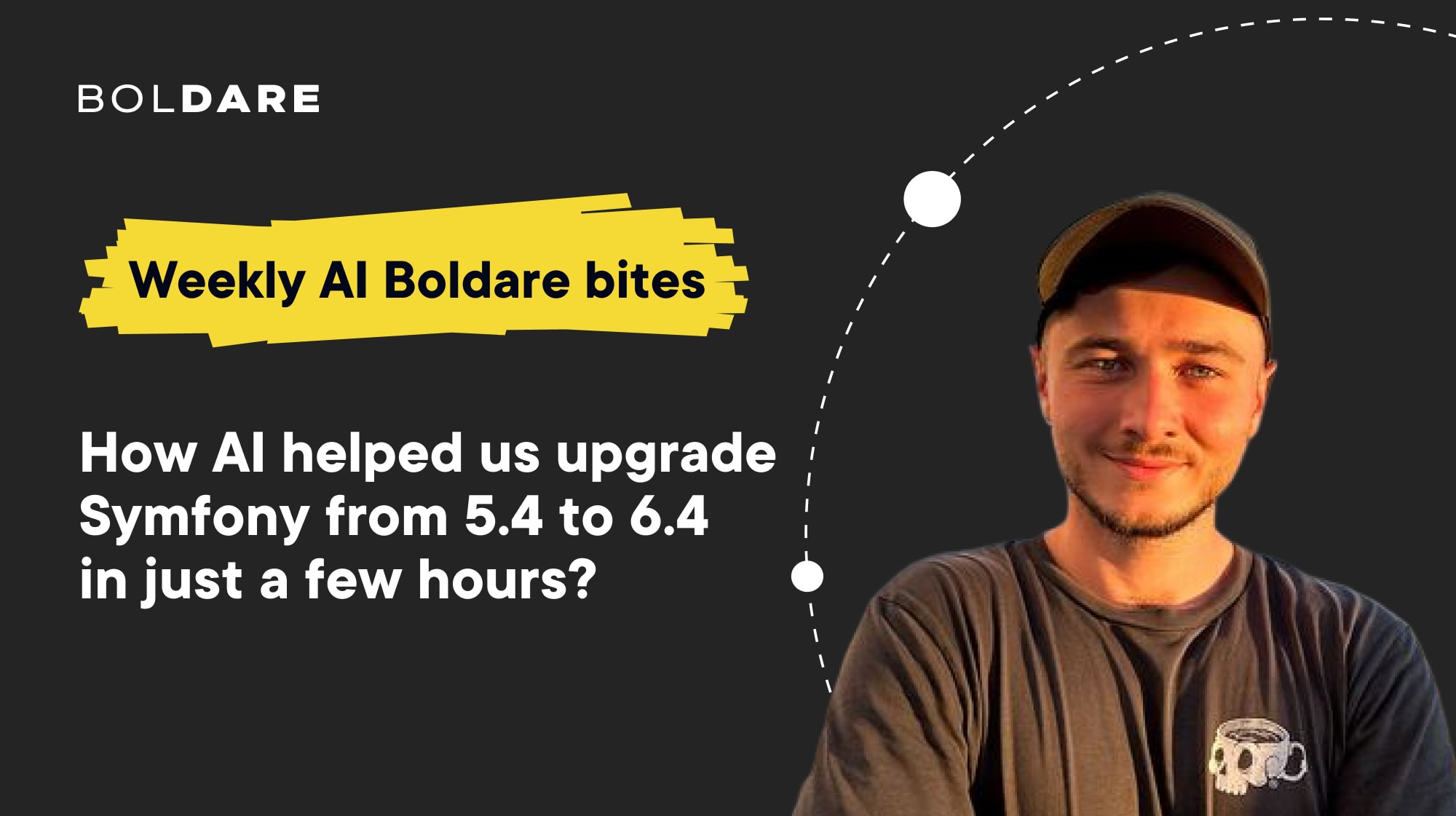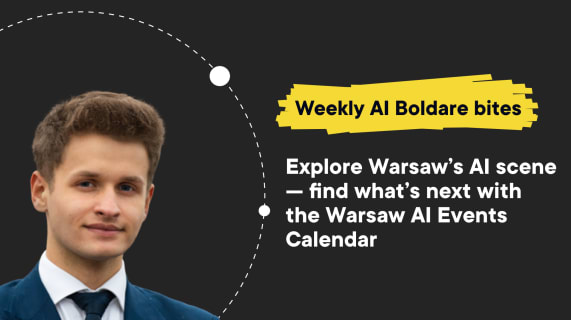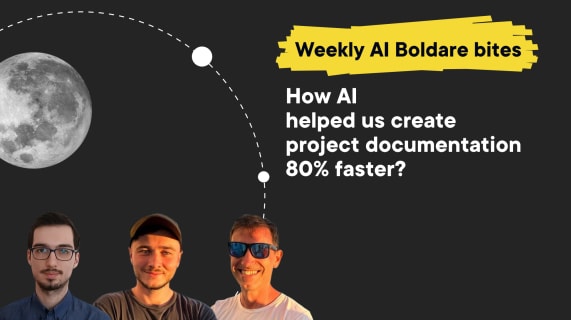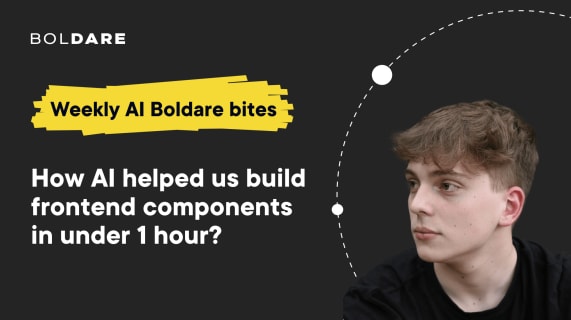This week’s AI Bite: AI in action: accelerating Symfony migration from 5.4 to 6.4
Incorporating AI into daily development routines is transforming how teams approach complex tasks. From analyzing changelogs to automating code updates, AI can significantly reduce effort and risk. This article shows exactly how we applied AI during a Symfony 5.4 to 6.4 migration, cutting days of work down to mere hours and enabling our team to focus on delivering real business value.
Weekly AI Bites is a series that gives you direct access to what’s happening in our day-to-day AI work. Every post comes straight from our team’s meetings and Slack, sharing insights, tests, and experiences we’re actively applying to real projects.
What models are we testing, what challenges are we tackling, and what’s really working in products? You’ll find all of this in our bites. Want to know what’s buzzing in AI? Check out Boldare’s channels every Monday for the latest weekly AI bite.

Table of contents
What was the task we decided to use AI for?
When we took on the upgrade of Symfony from version 5.4 to 6.4, we faced a challenge that normally consumes days of developer effort with little direct business value: going through changelogs, documentation, and deprecations. By applying AI to automate these steps, we reduced the process from days to just a few hours – cutting costs, minimizing risk, and freeing our team to focus on innovation and product growth.
How much time does a framework upgrade usually take?
Carrying out such a task manually can take several days. Our estimation was that the discovery phase and preparation of the change list alone would take at least one full day. This is exactly where AI-powered development tools prove their value, drastically reducing the time spent on repetitive tasks and allowing developers to focus on higher-impact, creative work.
Is it worth using AI in this particular case?
Absolutely. With Claude, we completed the upgrade in just a few hours. Automating routine tasks fast-tracked the process and reduced the manual effort usually required for framework migrations – a clear demonstration of how Polish software developers are leveraging AI to improve both productivity and quality.
How did we use Claude for the system upgrade?\ We relied on Claude (Opus) to gather information from Symfony changelogs and documentation and generate a detailed action plan within minutes. Claude (Sonnet) then supported the coding process by:
- automatically removing deprecations and adjusting code to new interface signatures,
- updating configuration and Composer packages,
- fixing User classes to ensure compliance with the latest changes.
The crucial role of automated tests
One key factor behind the success of this migration was our strong testing culture. Thanks to comprehensive automated tests, Claude could instantly verify whether the applied changes preserved the application’s behavior — and correct itself when needed. This turned the developer’s role into a supervisory one rather than manual debugging. Without tests, identifying errors introduced during the AI-driven upgrade would have been far more time-consuming.
At Boldare, we treat testing as a fundamental part of development: every new functionality comes with tests by default. This ensures that when we introduce changes — whether made by humans or AI — the system’s behavior remains stable and predictable.
What does this all mean?
This Symfony upgrade proved to us that AI is not just a buzzword but a practical tool delivering measurable results: a multi-day task reduced to hours, with lower risk and higher accuracy. By letting AI handle the heavy lifting of framework migrations, we keep our codebase modern and compliant while our developers focus on building features that directly impact customers and business outcomes.
Share this article:






